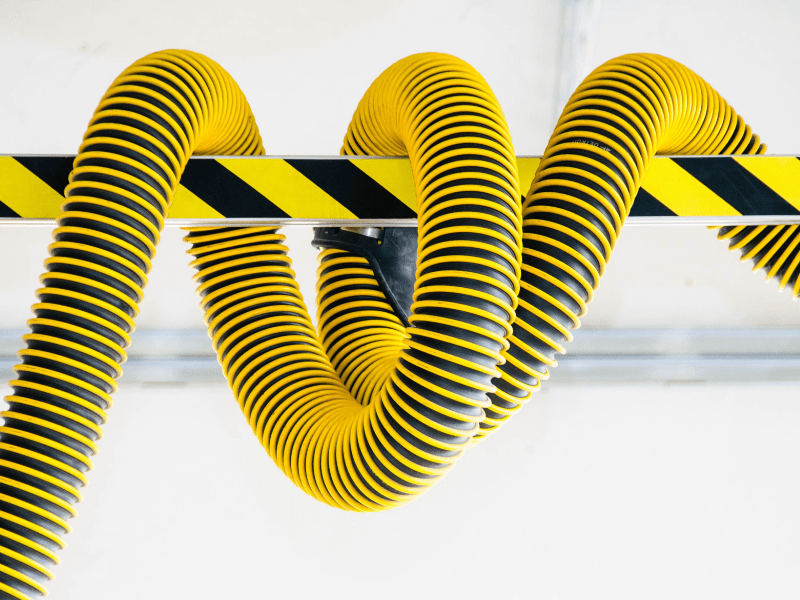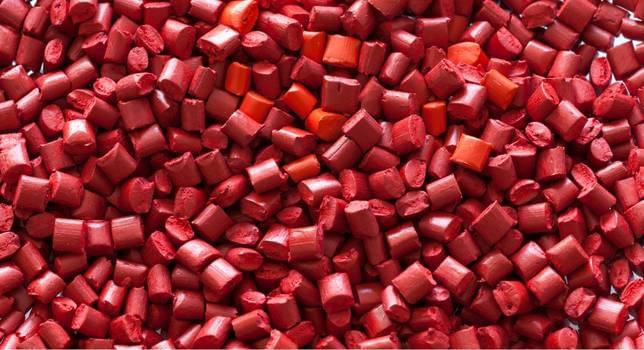Plastic is now the material of choice in the majority of new pipe installations and account for over 50% of the annual tonnage of plastics used in construction. Smithers experts look at the key considerations for companies using pipes in construction.
There are numerous advantages of using plastic pipes, including:
- Strength
- Flexibility
- Light-weight
- Resistance to chemicals and corrosion
- Ease of installation
- Low maintenance.
They're a reliable and cost-effective building choice, but can be problematic. Pipe system installations are often made up of kilometres of pipe and potentially thousands of fittings, therefore any failure in the system can result in significant damages and financial loss. There are four key areas to consider when selecting plastic pipes and to ensure that you get the most from your installation.
Manufacturing
Poor manufacturing can cause faults in pipes or fittings, even before they have been installed. For example:
- Lines in the pipe caused by dirty extrusion dies
- High internal stressed caused by improper cooling
- Inadequate compounding: wrong filler / additives ratio, poor mixing resulting in poor filler and additive dispersion
- Occlusions, voids and char particles.
Workmanship
Many pipe installations fail due to poor installation and engineering. Common problems include:
- Insufficient or excessive amount of cement solvent
- Short insertions
- Thermal expansion hasn’t been considered
- Long exposure to direct sunlight prior to installation.
Environment
Contamination effects can have an impact on the performance of plastic pipes leading to degradation, fracture and failure.Typical contamination includes:
- Exposure to contaminants from metal water supply piping, e.g. corrosion inhibitors and antimicrobial linings, aromatic ester plasticisers from pump seals and gaskets, flame retardants, plasticisers, solder flux and refrigeration system lubricants (polyol ester oil).
- Exposure to an oxidizing environment (residual chlorine and elevated temperature), CIO2 water disinfection, metal and metal ions.
- Ground loads and movement.
Operations
The pipe system must be designed to take into account the material properties, pipe geometry and service conditions. Operating the system outside of the design criteria can cause catastrophic failure, including:
- Exposure to freezing temperatures without protection (e.g. glycerine solution)
- Excessive pressure
- Pulsating water pressure (waster hammer)
- Excessive high temperature.
Smithers has extensive experience investigating plastic pipe system failures, and can provide a root cause diagnosis.
Supported by our extensive microscopy, analytical, material and product testing laboratories, Smithers is able to fully characterise polymer composition and mechanical performance in order to assess the cause of product / material failure. This can involve recommendations for remedial or corrective actions to minimise the risk of further failure.
Our expertize and support extends from initial planning to end of life and focuses on achieving high performance in all aspects of polymers used in pipes, and the construction industry. Failure avoidance and risk assessment at the outset is key, and we can provide expert support with material selection and comparative testing.
Find out more about our pipe testing facilities at Smithers.





